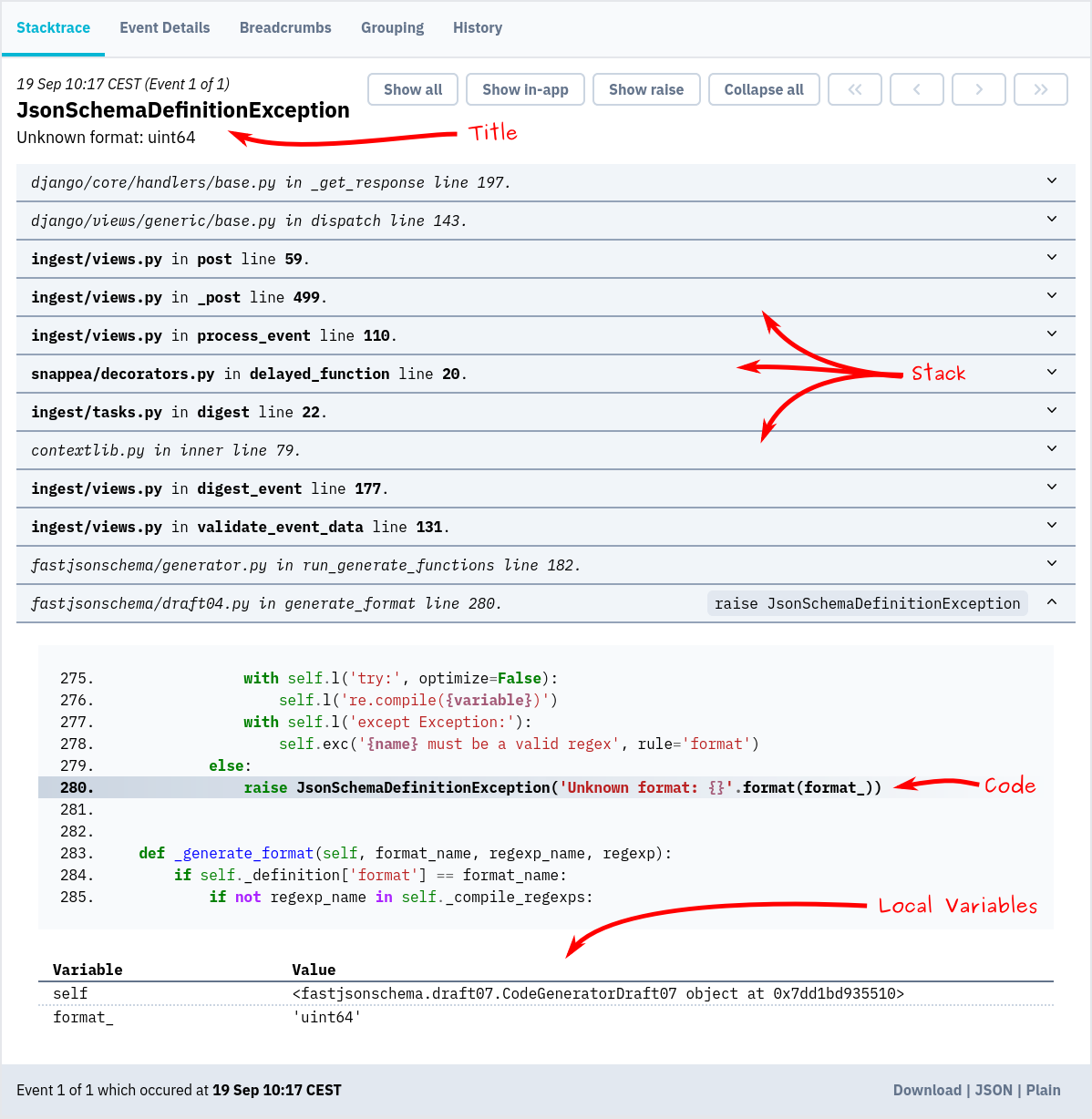A European Alternative to Sentry.io

More developers are asking: where does my data actually go?
Sentry’s introduction of a so-called “EU Data Region” in 2023 was one answer — a step towards addressing those concerns. But simply offering a different data center doesn’t resolve the bigger issue: trust.
Bugsink is a real alternative — for developers and organizations that want actual control over their data.
Shifting Geopolitical Landscape
Geopolitics is no longer something developers can ignore. Infrastructure decisions — especially around where data is stored — are increasingly shaped by political shifts, trade policies, and jurisdictional reach.
European governments are pushing for more local control over software and infrastructure. The Dutch parliament, for example, has called for “cloud exit strategies” to reduce reliance on U.S.-based services.
And the risks aren’t just theoretical:
- The International Criminal Court faced serious U.S. threats after hosting sensitive data in American cloud infrastructure.
- Ukraine saw its U.S.-supplied F-16s limited remotely — when support for their electronic warfare systems was quietly suspended, it served as a reminder that control can be revoked at any time.
You don’t need to be running a fighter jet or an international tribunal for this to matter. If a key service is hosted somewhere you can’t influence, you’re taking a risk.
Self-Hosting Error Tracking

Error tracking data often contains more than just logs — full stack traces, request payloads, even user info. Sending that to a third party introduces real risk:
- Legal exposure — Is it even compliant to send this data abroad?
- Privacy concerns — Who else has access to these details?
- Availability risk — What happens if the service is blocked or shut down?
With a self-hosted tool like Bugsink:
- You control the data — what’s collected, where it’s stored, and who can see it
- No external processor — nothing leaves your infrastructure
- No vendor lock-in — migrate when you want, not when you’re forced
If the rest of your stack is moving in-house or toward regional hosting, error tracking shouldn’t be the exception.
Works with Your Existing SDKs
Already using Sentry? You don’t need to change your code. Bugsink accepts standard Sentry events — just update the DSN.

- Same client libraries
- No custom format or wrapper
- Switch over incrementally, or all at once
Integration stays simple, which means one less thing to worry about.
Easy to Self-Host
You don’t need Kafka, Redis, or a background job processor. Bugsink was designed to run as a single container.
 The quickest way to evaluate Bugsink is to spin up a throw-away instance using Docker:
The quickest way to evaluate Bugsink is to spin up a throw-away instance using Docker:
docker pull bugsink/bugsink:latest
docker run \
-e SECRET_KEY=pxgvFxwaVbR5ktI9pXU0mOfW25AiOoRJtITaGsviy5cGx5gKFA \
-e CREATE_SUPERUSER=admin:admin \
-e PORT=8000 \
-p 8000:8000 \
bugsink/bugsink
Visit http://localhost:8000/, where you’ll see a login screen. The default username and password
are admin.
Full installation instructions are available too.
Handles Serious Volume
Worried about scale? Bugsink is already used in production to track millions of events per day.
- €5 VPS handles 1.5M events per day
- Retention is automatic — no quotas
It’s designed to be fast and reliable, without needing a dozen moving parts.
Learn more
Learn more about Bugsink:
